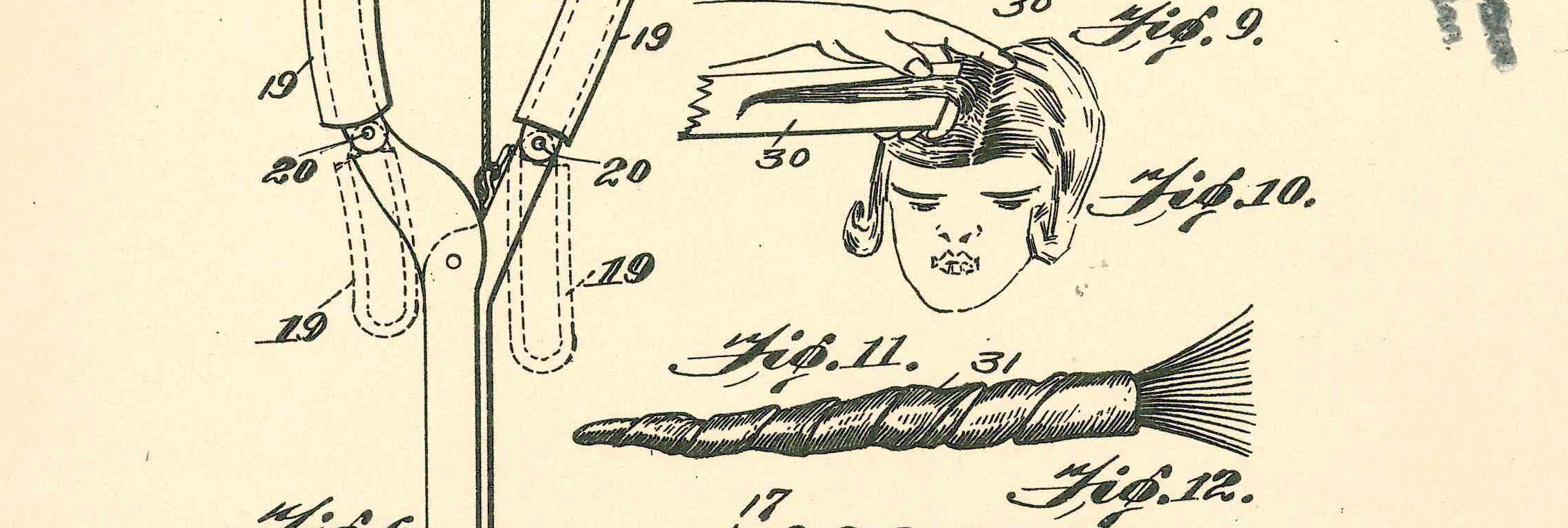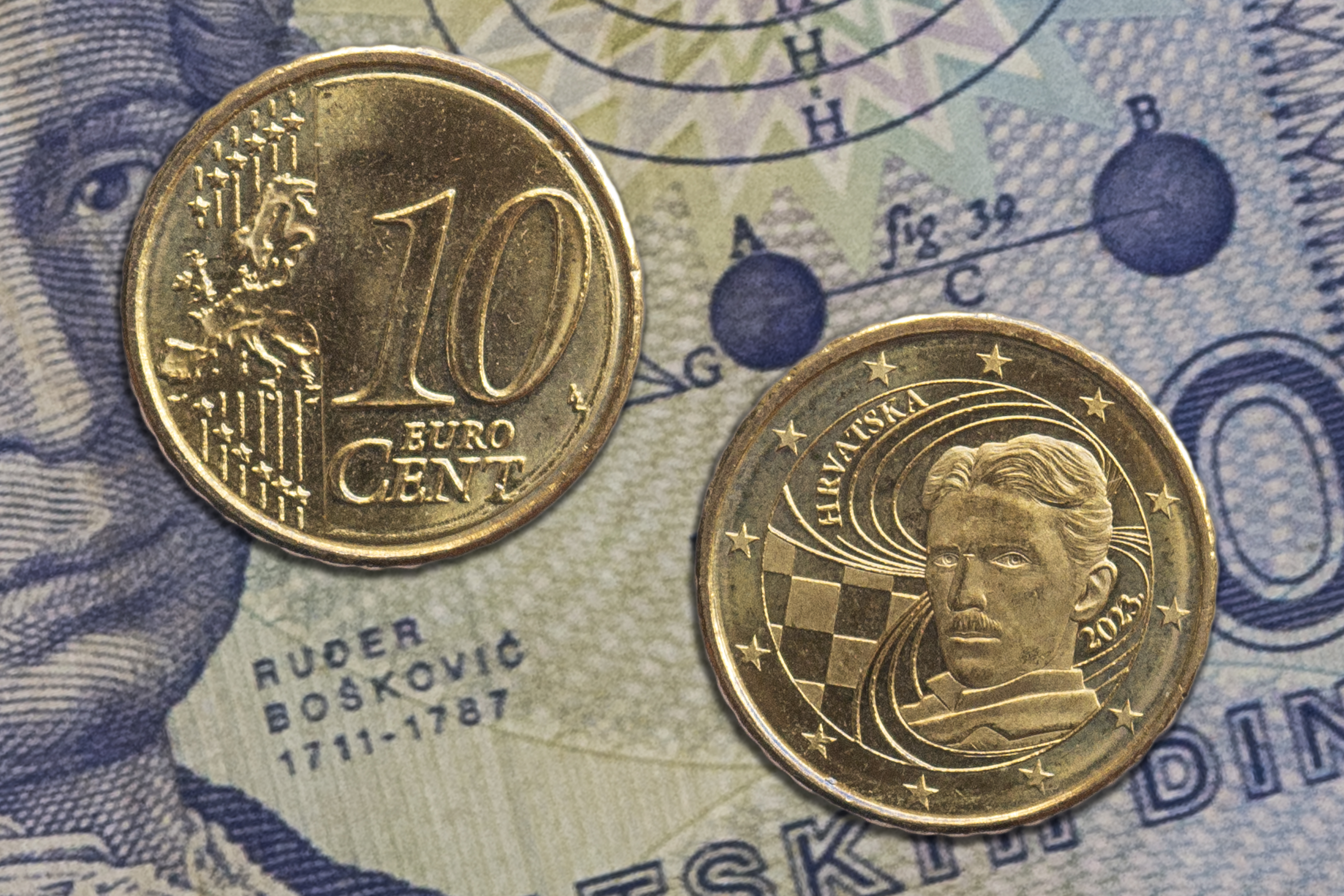The Wright brothers, Orville Wright and Wilbur Wright, are known as the pioneers of aviation, having invented and flown the world’s first successful powered aircraft. Their invention was a groundbreaking achievement in the field of transportation, as it paved the way for modern-day aircraft and revolutionized the way people travel around the world. The brothers grew up in a family that valued education and innovation, and from a young age, they showed an interest in mechanical inventions. In 1903, after years of testing and experimenting, the Wright brothers achieved their goal of creating a powered flying machine. This momentous achievement marked a turning point in the history of transportation and made the Wright brothers household names.
In this blog post, we will explore the lives of the Wright brothers and their journey towards their invention. We will delve into their upbringing, the challenges they faced, their methods of experimentation, and their ultimate success in creating what is still considered one of the most important inventions of modern times.
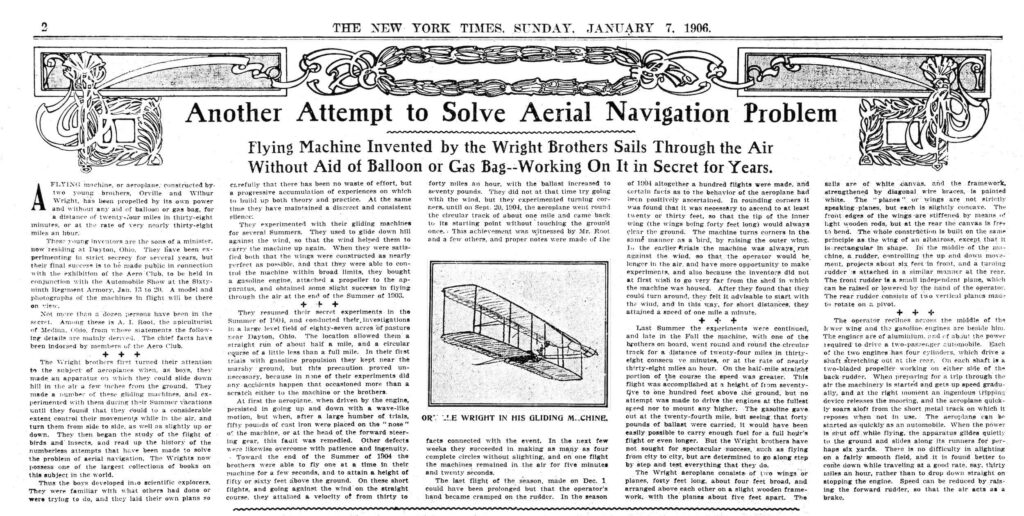
1. Life and education of Orville and Wilbur Wright
The Wright brothers, Orville Wright and Wilbur Wright, are best known for inventing and building the world’s first successful airplane. However, their lives and education spanned much more than their famous invention. Born in Dayton, Ohio in the late 1800s, both brothers attended high school before venturing into the world of business and entrepreneurship. Wilbur worked as a traveling salesman before the two opened a bicycle shop together in 1892. It was at this shop that they began developing and experimenting with gliders and eventually aircraft. Despite lacking a formal education, the Wright brothers were self-taught in areas such as physics and mechanics, and they utilized this knowledge to engineer their flying machines. Their dedication, resourcefulness, and innovative spirit allowed them to revolutionize aeronautics and pave the way for modern aviation.
2. The Wright brothers’ early experiments with gliders
The Wright brothers, Orville Wright and Wilbur Wright, are widely considered the inventors of the first successful airplane. However, before their historic flight at Kitty Hawk, the brothers spent years experimenting and perfecting their designs. One critical aspect of their aviation journey is the early experimentation with gliders. In the late 1800s, the Wright brothers began studying aviation and teaching themselves about the principles of flight. They quickly realized that they needed a more practical method for experimentation, and turned to gliders to test their hypotheses. Starting with simple gliders, which they often flew as kites, the Wright brothers steadily improved their designs, experimenting with concepts such as wing shape, lift, and control. These early experiments were instrumental in the brothers’ understanding of aerodynamics, and laid the foundation for their groundbreaking work in aviation.
3. Design and construction of the Wright Flyer
One of the most significant inventions in aviation history is the Wright Flyer, designed and constructed by the Wright brothers, Orville Wright and Wilbur Wright. The Wright Flyer was the first powered aircraft that achieved controlled and sustained flight. The design and construction of the Wright Flyer involved intensive research and experimentation in aerodynamics, propulsion, and materials. The wings of the Wright Flyer used a cambered airfoil design, which provided lift and stability during flight. The pilot controlled the aircraft through a system of wing warping, which allowed for lateral movement and stability. The engine of the Wright Flyer was a lightweight, four-cylinder gasoline engine, designed and built by the Wright brothers themselves. The construction of the Wright Flyer used materials such as spruce wood, muslin fabric, and bicycle components. The Wright brothers’ innovations and design principles paved the way for modern aviation technology, and their invention of the Wright Flyer changed the course of history forever.
4. Successful flight of the Wright Flyer
The successful flight of the Wright Flyer is a historic achievement in the field of aviation, credited to the ingenuity of Orville Wright and Wilbur Wright. On December 17, 1903, the Wright brothers conducted a series of tests on their aircraft, ultimately resulting in the first controlled and sustained flight by a heavier-than-air machine. The Wright Flyer, powered by a 12-horsepower engine, managed to remain in flight for a total of 12 seconds covering a distance of 120 feet. This accomplishment was not only significant for its historical and technological implications but also paved the way for the development of modern aviation industry and revolutionized transportation around the globe. The Wright brothers’ enduring legacy lies in their dedication to experimentation, innovation, and their unwavering commitment to bring their ideas to fruition.
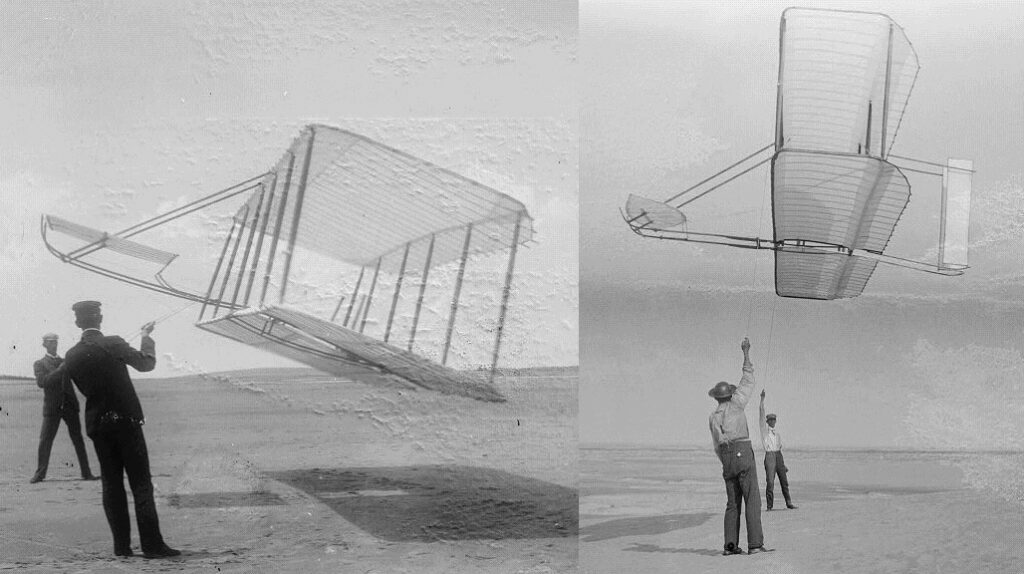
5. Further development of their flying machine
The Wright brothers, Orville Wright and Wilbur Wright, were pioneers of aviation and are credited with inventing the world’s first successful airplane. The initial flight of their flying machine was on December 17, 1903, in Kitty Hawk, North Carolina. Although their first flight lasted for only 12 seconds, it was a significant moment in the history of aviation. The Wright brothers’ invention of the airplane sparked a revolution in transportation, communication, and military operations. It also opened up new opportunities for exploration and trade. After achieving this milestone, the Wright brothers continued to improve and refine their invention. The further development of their flying machine led to longer flight times and greater stability. Their relentless pursuit of excellence was a testament to their innovative spirit, and their legacy lives on as a source of inspiration for future generations of engineers and inventors.
6. The Wright Brothers’ process of patenting their invention
The Wright Brothers, Orville Wright, and Wilbur Wright, played a significant role in the history of aviation by inventing the first powered airplane. However, their invention wasn’t hastily patented, as they didn’t want other people to copy their ideas. The brothers didn’t file for a patent until they were confident that their model was functional and well-designed. By November 1903, when the brothers tested their flyer at Kitty Hawk, North Carolina, they were sure that they had a viable invention, and took steps to patent their invention. It wasn’t until May 22, 1906, that Orville and Wilbur Wright were granted a patent for their aircraft, which had three controlling mechanisms instead of two, allowing a pilot unprecedented control. The Wright Brothers’ approach to patenting their invention was strategic, ensuring that they had adequately protected their intellectual property before presenting it to the world.
7. The legacy of the Wright brothers
The legacy of the Wright brothers is one of the most significant contributions to aviation history. Orville Wright and Wilbur Wright are credited with inventing and flying the world’s first successful airplane in 1903. Their groundbreaking invention paved the way for the development and advancement of aviation technology. Over the years, their remarkable achievement has been recognized in numerous ways, including the naming of airports, streets, and buildings after them. The Wright brothers’ legacy also inspired many aviation pioneers and enthusiasts to explore new possibilities in flight, leading to the development of commercial airlines and military aviation. Today, the Wright brothers’ legacy continues to inspire and motivate individuals and communities worldwide, reminding us of the boundless potential of human ingenuity and innovation.
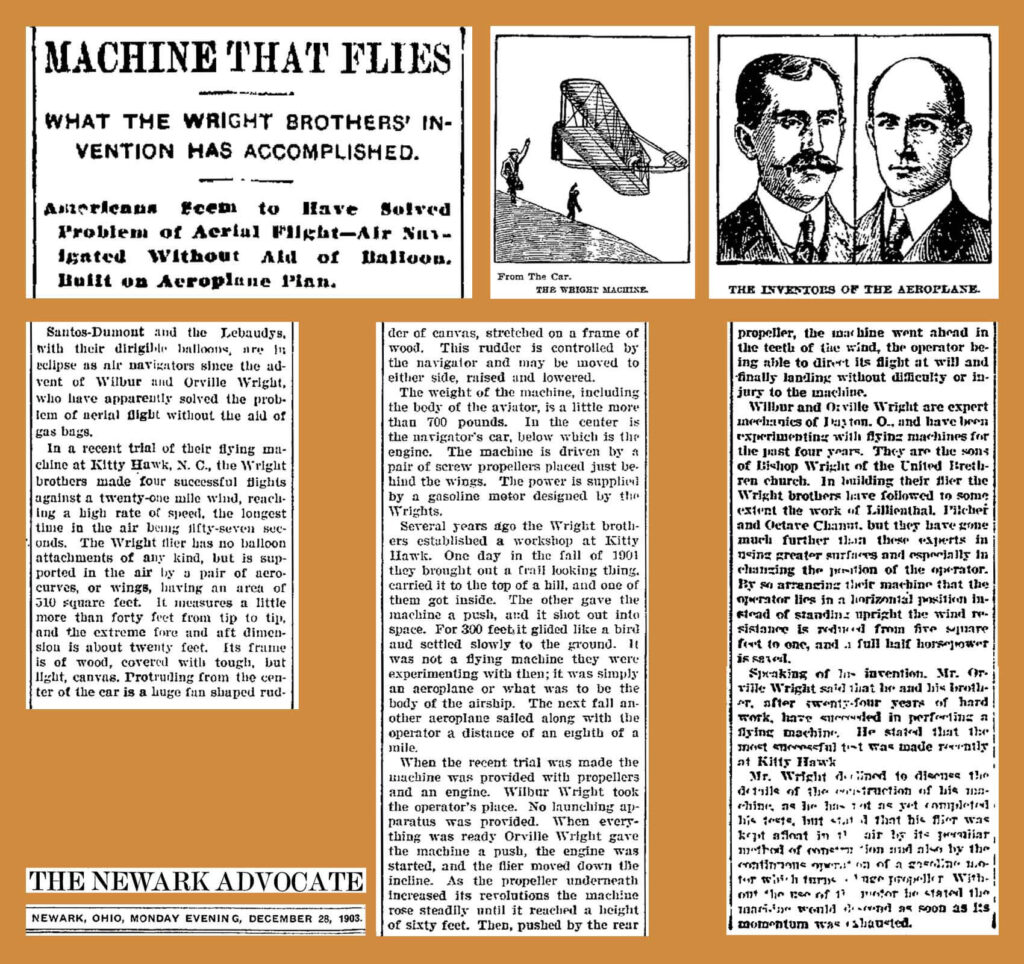
8. How their invention changed the world
The invention of the airplane by the Wright brothers, Orville Wright and Wilbur Wright, is widely considered one of the most important events in human history. The airplane revolutionized transportation, allowing people to travel vast distances in a fraction of the time it would have taken by ground transportation alone. This invention also changed warfare, as airplanes were quickly adopted for military use. Beyond these immediate impacts, the invention of the airplane has had far-reaching consequences for society as a whole. It has enabled global trade, connected people from disparate regions and cultures, and facilitated the exchange of ideas and technology on a worldwide scale. The Wright brothers are therefore celebrated not only for their technical achievements, but also for their contribution to human progress as a whole.
9. The Wright brothers’ lasting impact on the aviation industry
The Wright brothers, Orville Wright and Wilbur Wright, are undoubtedly one of the most influential teams in aviation history. Their invention of the airplane, which they successfully flew for the first time on December 17, 1903, changed the world forever and paved the way for modern aviation. Their impact on the aviation industry remains strong to this day, more than a century after they made their historic flight. Their innovation and dedication to flight has inspired countless others to pursue aviation and push the boundaries of what is possible in the skies. Today, the Wright brothers’ legacy is seen in countless airfields, airplanes and airports around the world, and their influence on modern aviation will be felt for generations to come.
10. Significant honors and awards received by the Wright brothers
The Wright brothers, Orville Wright and Wilbur Wright, are widely recognized as the inventors of the airplane, a groundbreaking innovation that revolutionized the way people travel and changed the world forever. Their work and legacy have been honored with numerous awards and acknowledgments from institutions worldwide. Among the most significant honors and awards received by the Wright brothers are the French Legion of Honor, which they were awarded in 1909 for their contributions to aviation, and the Elliott Cresson Medal, awarded by the Franklin Institute in Philadelphia in 1913. In 1927, Wilbur Wright was posthumously awarded the Congressional Medal of Honor for helping to pioneer the field of aviation. Over the years, the Wright brothers have been inducted into several halls of fame, including the National Aviation Hall of Fame, and have been the subjects of countless books, documentaries, and other works. Their contributions to aviation continue to inspire scientists and engineers to this day.
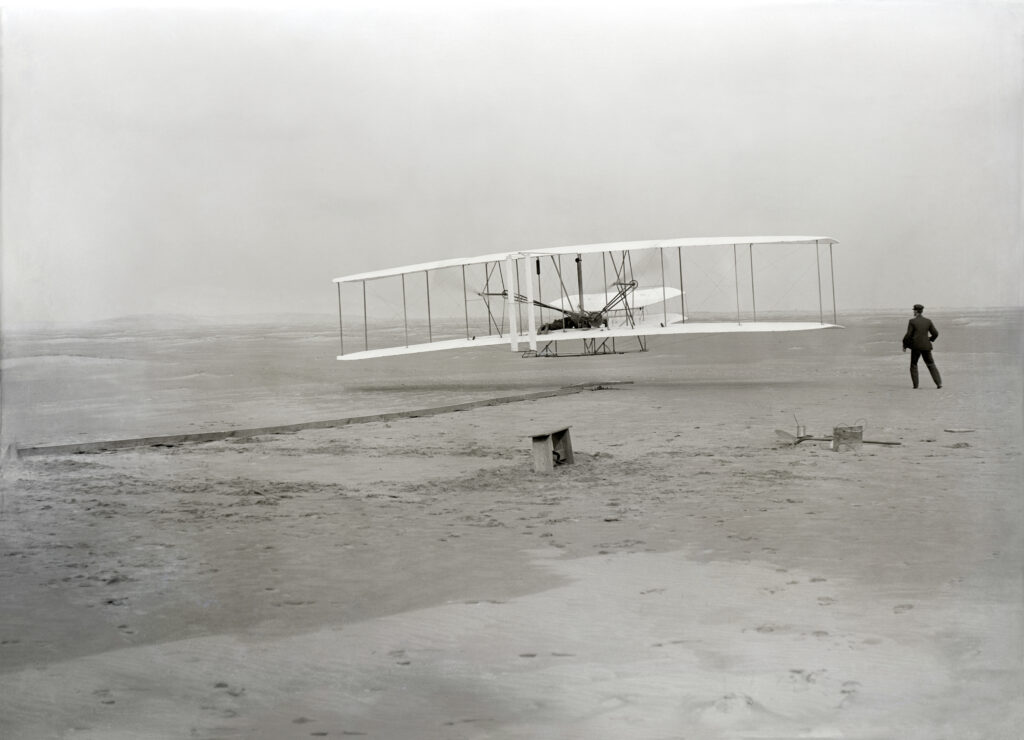
In conclusion, the Wright brothers achieved history-making flights which separate prior dreams of aeronautics from the realities of sustained flight. Their contribution to aviation industry not only transformed the modern world but also continues to inspire future generations of aeronautics enthusiasts around the globe. The relentless dedication of Orville and Wilbur Wright to their craft serves today’s innovators as a powerful reminder of the power of perseverance in the face of the most daunting obstacles.

